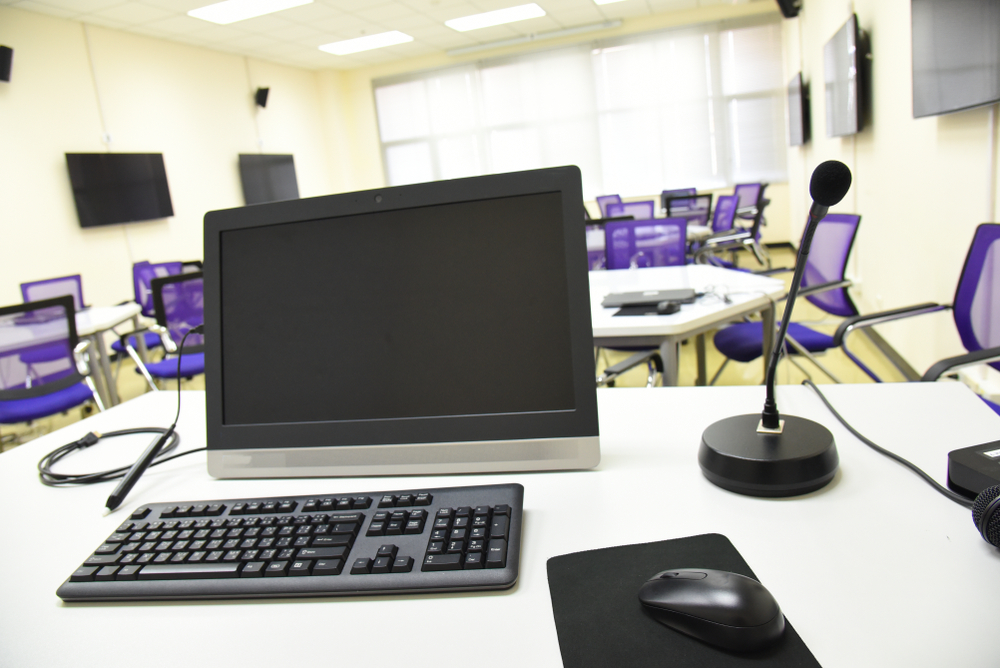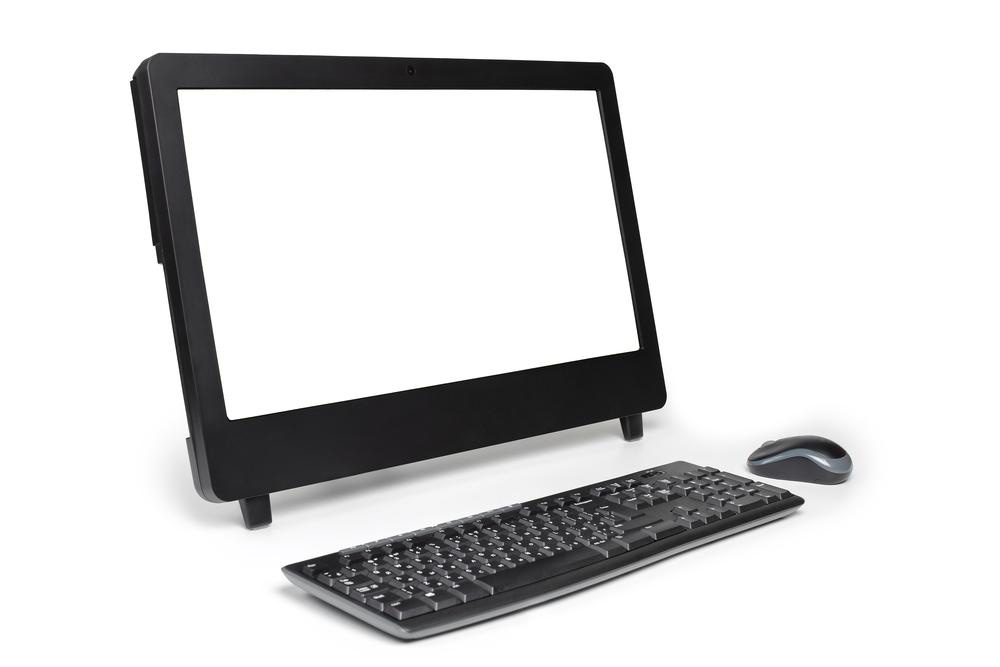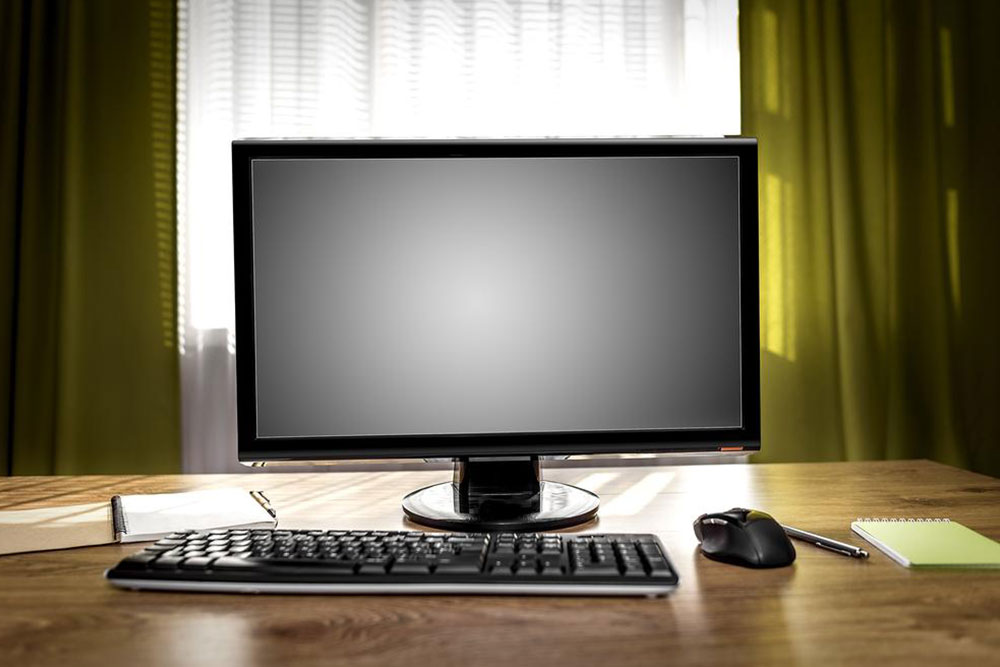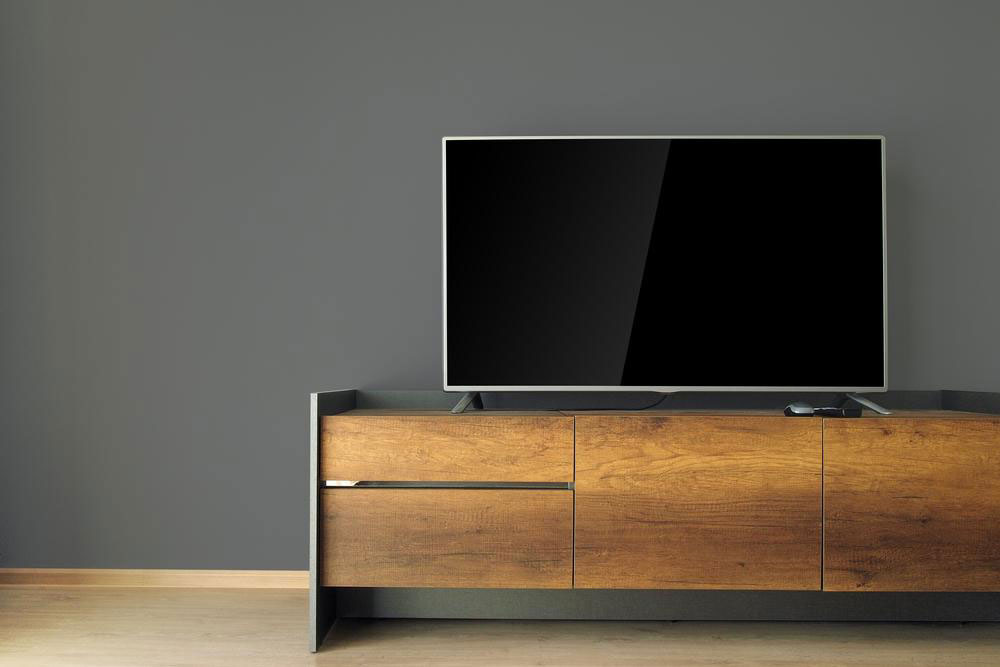Understanding All-in-One Computers: Features and Benefits
Explore the evolution and features of all-in-one computers, comparing them to traditional desktops and laptops. Discover their advantages in design, performance, and upgradability to make informed choices for personal or professional use.

Understanding All-in-One Computers: Features and Benefits
Decades ago, traditional computers used cathode-ray tube monitors, resulting in bulky setups with separate keyboard, mouse, monitor, and tower. Technological advances led to smaller screens and the integration of components into the monitor, giving rise to all-in-one PCs. Early models, however, were large and costly. A prominent example is the Apple iMac, which combined components into a single sleek unit. Today, LCD technology has further minimized size, enabling more compact and powerful all-in-one devices, replacing traditional desktop towers.
All-in-one computers have revolutionized personal computing by combining the display and internal components into a single unit. Unlike traditional desktops with separate monitors and cases, these systems offer a streamlined design, reducing clutter and wiring. While they may not match desktop PCs in upgradeability or raw power—due to limited internal space—they shine in simplicity and aesthetics. Upgrading components in all-in-one devices is often more challenging, making them more suited for users seeking ease of use rather than extensive customization.
Compared to laptops, all-in-one computers are larger but stand out with bigger screens and more desktop-like performance. Laptops excel in portability and affordability, making them ideal for users on the move. Although all-in-one models tend to be pricier, they offer a balance of performance and space-saving design, suitable for home and office environments. Desktop PCs still hold an advantage in upgrade options and raw performance, especially for demanding tasks.
All-in-One Computers vs. Traditional Desktops and Laptops
While desktops offer extensive upgrade possibilities and customization, all-in-one desktops provide a compact, visually appealing alternative. They eliminate many wires and simplify setup, though at the cost of limited upgradeability. Laptops, on the other hand, prioritize portability, making them perfect for mobility. Their performance is comparable to all-in-one PCs for everyday use, but they don't match desktop power, especially for intensive applications. Cost efficiency also favors laptops, which tend to be more budget-friendly.
Overall, the choice depends on user needs: desktops for powerful performance and upgradeability, all-in-one systems for space efficiency and design, and laptops for portability and versatile use.









